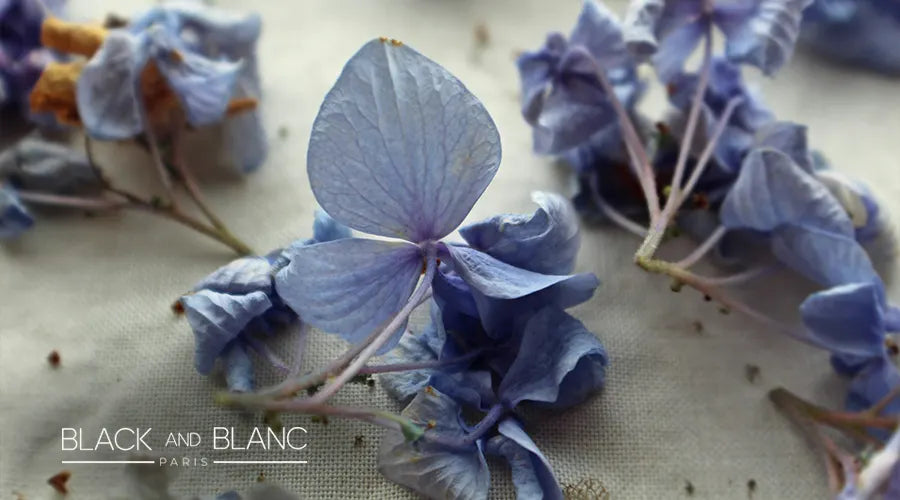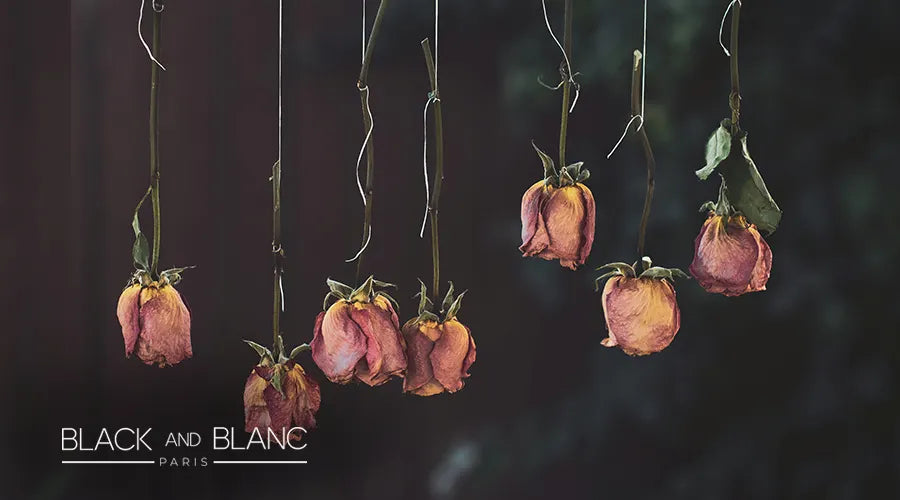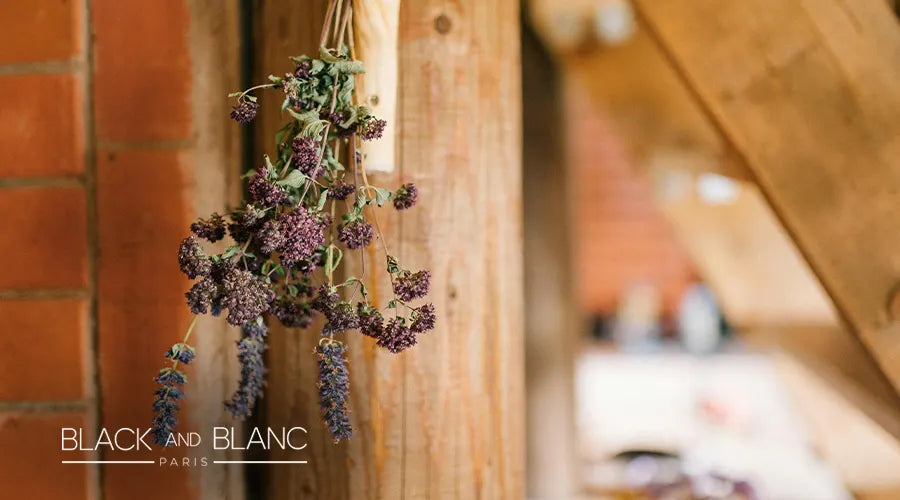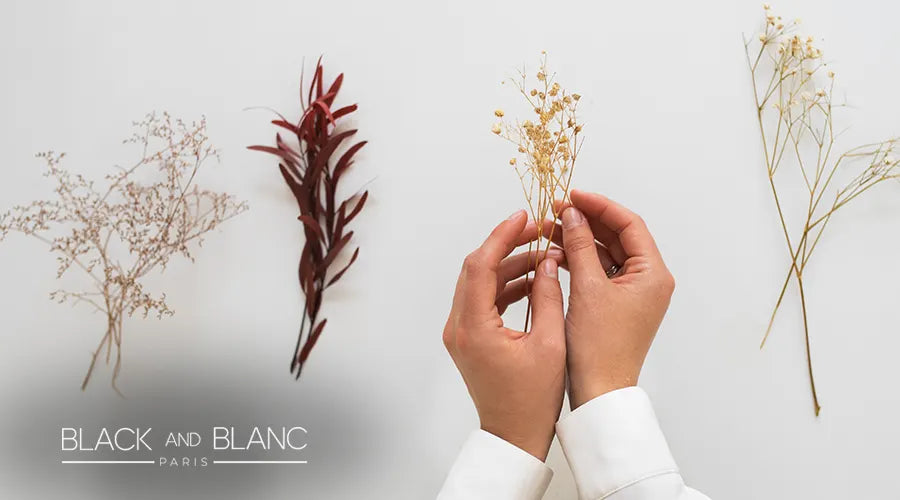How to Dry Flowers at Home
Drying flowers is a beautiful and creative way to preserve the natural beauty of your favorite blooms for years to come. Whether you've received a stunning bouquet or have a garden bursting with colorful petals, learning how to dry flowers at home can be a rewarding hobby that allows you to enjoy their charm long after they've withered. Here is how to do it.
Why Dry Flowers?
Dried flowers can be used for various purposes, from creating stunning dried flower arrangements to crafting potpourri, bookmarks, and even jewellery.
Drying flowers at home offers several benefits over purchasing pre-dried flowers. Firstly, it allows you to preserve the sentimental value of a particular bouquet or bloom, whether it's from a special occasion or your own garden. Secondly, drying flowers at home is a cost-effective way to create beautiful decor and crafts without breaking the bank.
Additionally, homemade dried flowers are often more vibrant and retain their natural scent better than commercially dried options.
Flower Drying Methods
Air Drying
One of the simplest and most natural methods for drying flowers at home is air drying. This method involves hanging the flowers upside down in a cool, dry, and well-ventilated area, allowing them to dry slowly over time.
Materials/Tools Required
- Flowers with sturdy stems
- Rubber bands or string
- A warm, dry, and well-ventilated location (a shed, attic, or closet)
- Drying racks or hanging rods (optional)
Time Required
The time required for air drying flowers can vary depending on the type of flower, humidity levels, and temperature. Generally, it can take anywhere from 2-4 weeks for most flowers to dry completely using this method.
Silica Gel Drying
Silica gel drying is a faster and more controlled method for drying flowers at home. This technique involves burying the flowers in silica gel, a desiccant that absorbs moisture from the petals and stems, allowing them to dry evenly and retain their shape and color.
Materials/Tools Required
- Fresh flowers
- Silica gel (available at craft stores or online)
- Airtight containers or boxes
- Tweezers or tongs
Time Required
The time required for silica gel drying can range from a few days to a week, depending on the size and density of the flowers. Thicker or more densely petaled flowers may take longer to dry completely.
Microwave Drying

Microwave drying is a quick and convenient method for drying flowers at home, particularly suitable for delicate blooms or when time is of the essence.
Materials/Tools Required
- Fresh flowers
- Microwave-safe container
- Silica gel or sand
- Paper towels
Time Required
Microwave drying can take as little as 2-5 minutes, depending on the flower type and power of your microwave. However, it's essential to monitor the process closely to prevent over-drying or burning the flowers.
Oven Drying
Oven drying is another efficient method for drying flowers at home, particularly useful for larger, more robust blooms or when drying multiple flowers simultaneously.
Materials/Tools Required
- Fresh flowers
- Baking sheets or oven-safe trays
- Parchment paper or wire racks
- Oven
Time Required
Oven drying can take anywhere from 2-12 hours, depending on the flower type, size, and oven temperature (typically set between 100-130°F or 38-54°C). Monitoring the flowers and turning them periodically is crucial to prevent burning or uneven drying.
Book Pressing
Book pressing is a classic method for drying flowers at home, particularly suitable for preserving delicate petals and creating beautiful pressed flower art or bookmarks.
Materials/Tools Required
- Fresh flowers
- Heavy books or flower press
- Absorbent paper (blotting paper, newspaper, or cardboard)
- Weights (optional)
Time Required
Book pressing can take anywhere from 2-4 weeks, depending on the thickness of the flowers and the absorbency of the paper used. It's essential to change the paper regularly to prevent mold or moisture buildup.
Best Flowers for Drying

While most flowers can be dried using the methods mentioned above, some varieties are better suited for drying than others.
Flowers with sturdy petals, such as roses, hydrangeas, peonies, tulips, orchids, and lilies, tend to dry well and retain their shape and colour. Delicate blooms like poppies, daffodils, and irises may require more care and gentle handling during the drying process.
Applications of Using Dried Flowers
Dried flowers have a multitude of applications, making them a versatile addition to any home or creative project. Some popular uses include:
- Dried flower arrangements
- Potpourri and sachets
- Pressed flower art and bookmarks
- Decorative accents for candles, picture frames, or wreaths
- Dried flower bouquets (e.g., for birthday flowers in Dubai, Valentine's Day flowers in Dubai, Mother's Day flowers in Dubai, Father's Day flowers in Dubai, congratulations flowers in Dubai, anniversary flowers in Dubai, flowers for him in Dubai, or flowers for her in Dubai)
- Jewelry and hair accessories
- Dried flower confetti or petal cones
- Dried flower bath products (soaps, bath salts, etc.)
Longevity of Dried Flowers
Properly dried and stored flowers can last for years, allowing you to enjoy their beauty for an extended period. The longevity of dried flowers can vary depending on several factors, including:
- The drying method used
- The flower type and its natural durability
- Storage conditions (temperature, humidity, and light exposure)
Generally, flowers dried using silica gel or oven-drying methods tend to last longer than those dried using air drying or hanging upside down. Additionally, protecting dried flowers from moisture, direct sunlight, and excessive handling can significantly prolong their lifespan.
How to Store Dried Flowers

Proper storage is essential to preserving the beauty and longevity of your dried flowers. Here are some tips for storing dried flowers:
- Use airtight containers or boxes to protect the flowers from moisture and dust.Add silica gel packets or other desiccants to the storage containers to absorb any residual moisture.
- Store dried flowers in a cool, dry, and dark place, such as a closet or cabinet, to prevent fading or discolouration.
- Avoid handling dried flowers too frequently, as the petals and stems can become brittle over time.
- If storing in a cupboard or drawer, place a layer of tissue paper or acid-free paper between the flowers to prevent them from crushing or sticking together.
Tips and Advice for Drying Flowers

To ensure the best results when drying flowers at home, consider the following tips and advice:
- Choose fresh, unblemished flowers in their prime for drying.
- Remove any leaves or foliage from the stems before drying to prevent discolouration or mold.
- Experiment with different drying methods to find the technique that works best for your desired flower types and applications.
- Be patient and allow the flowers to dry completely before handling or using them in crafts or arrangements.
- When creating dried flower arrangements or gifts, consider the symbolism and meaning behind different flower varieties (e.g., roses for love, lilies for purity, daffodils for rebirth, etc.).
- Incorporate dried flowers into your home décor or Feng Shui practice for a touch of natural beauty and positive energy.
Conclusion
Drying flowers at home is a rewarding and creative pursuit that allows you to preserve the beauty of nature for years to come.
With various drying methods to choose from, you can experiment and find the techniques that best suit your preferences and the types of flowers you wish to dry. Whether you plan to create stunning dried flower arrangements, potpourri, or pressed flower art, the process of drying flowers at home offers a sense of accomplishment and the joy of appreciating nature's delicate beauty. So, gather your favourite blooms, embrace the process, and let your creativity blossom with the timeless charm of dried flowers.






